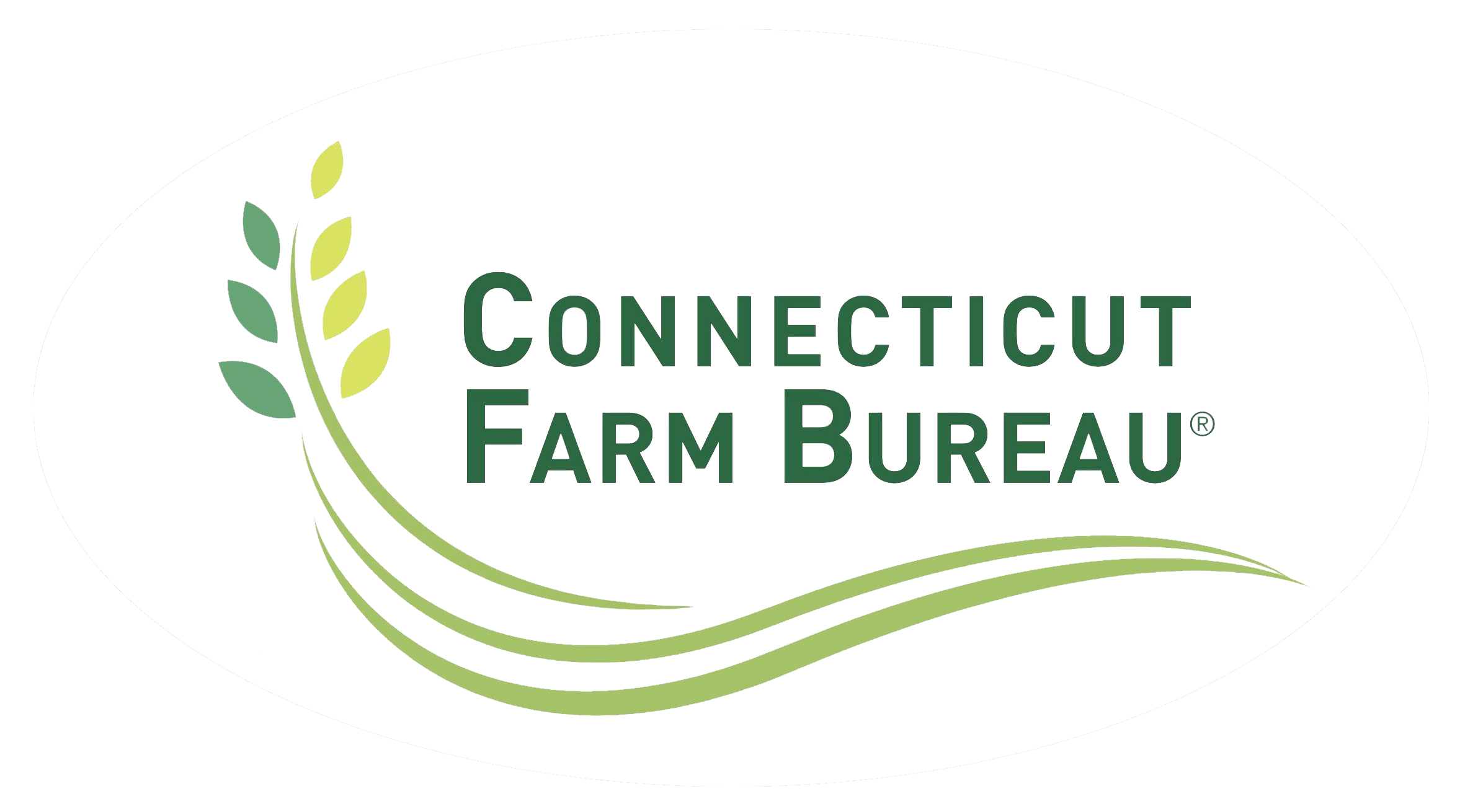Emergency Preparedness

Connecticut Farm Bureau Association, in cooperation with the Connecticut Agricultural Education Foundation, wants to assure that farmers in our state are prepared for emergencies on the farm including natural disasters and infrastructure crises.
Preparing for disasters can reduce your risk exposure and save you time and money. While the expense of recovering from any disaster or emergency can be substantial, producers who dedicate time to prepare for disasters can save significant dollars.
Training and Education
Cornell University Course – this link provides information on a 6 hour in person course that offers a certificate to farmers in farm disaster preparedness.
Extension Disaster Education Network (EDEN) Webinars – his website offers webinar training on a wide range of farm disaster issues.
Websites
All Hazards – provides detailed information on preparing for manmade, biological, technological and natural emergencies in rural communities.
USDA – links to resources and government support available to communities and farmers after disaster.
Extension Disaster Education Network – guidance on responding to specific types of agricultural disasters, current threats and testing resources.
Guide and Documents
All Hazards Preparedness for Rural Communities – provides detailed information on preparing for manmade, biological, technological and natural emergencies in rural communities.
ReadyAg Guide – helps farm owners plan for and manage disasters that occur during operation with specific sections tailored to different types of farms.
Helping Others
CFBA is compiling a list of resources available in case of disaster. Click here to complete a survey of what resources you might be willing to share with other local farmers in case of disaster including equipment, generators, livestock trailers etc.
Simple Steps to Take Now
Emergency Contact Form – Write down all your important contact phone numbers and post them around your farm. Keep them in your farm vehicles as well.
Assessment – Use this guide entitled “ReadyAG Disaster and Defense Prepareness for Production Agriculture.” – This tool, developed by Penn State and the USDA, is a workbook designed to help farm owners plan for and manage disasters. The guide provides advice specific to every major agricultural commodity.
Map – Create a map of your farm with locations of fuel, hazardous materials such as fertilizers and pesticides, animal medications, etc. This document will help emergency personnel identify hazardous areas and help with inventories and loss claims.
Inventory Assets – Inventory and create lists of farm assests such as grain, feed and hay, hazardous amterials including fuels, fertilizers and pesticides, livestock, crops and equipment. Create a list of farm vehicles with VIN#s, Make/Model and year. Maintain this list which will be key for reporting insurance claims.
Local Emergency Responders – Invite your local emergency responders to your farm to familiarize them with your operation before an emergency strikes.


You must be logged in to post a comment.